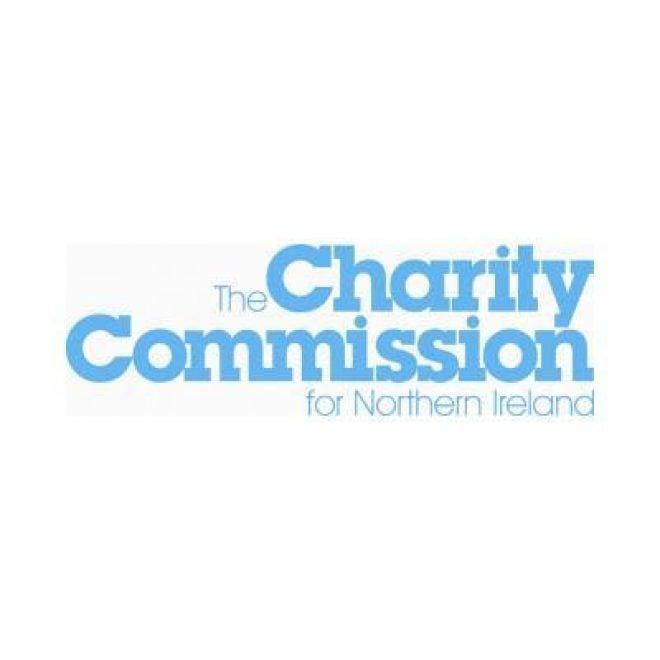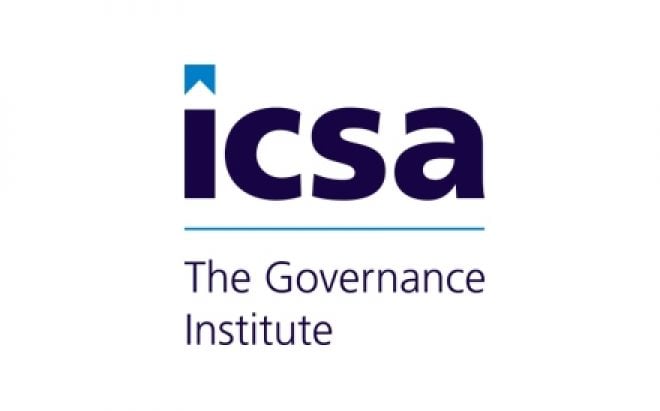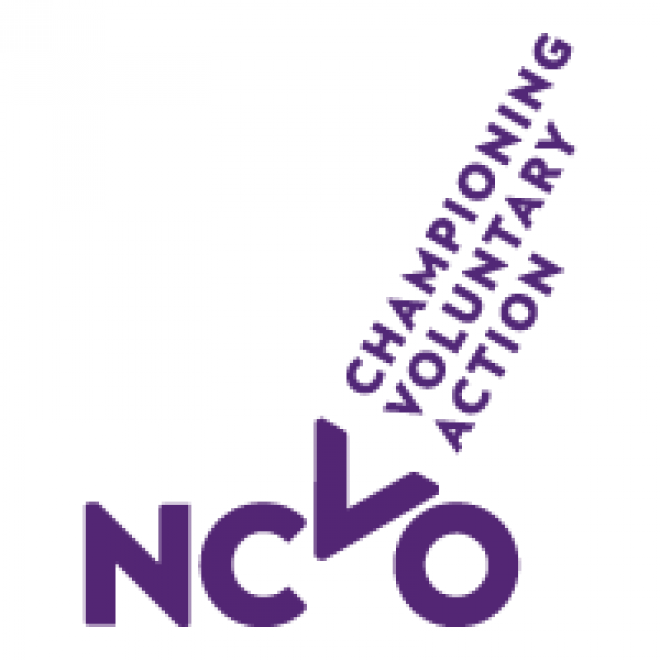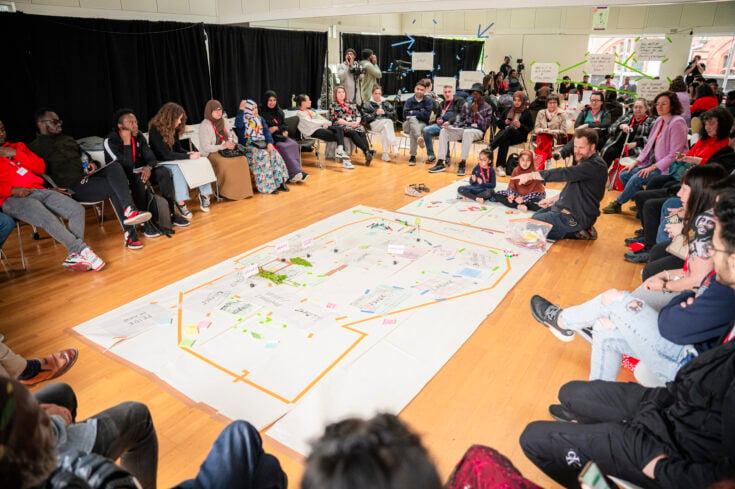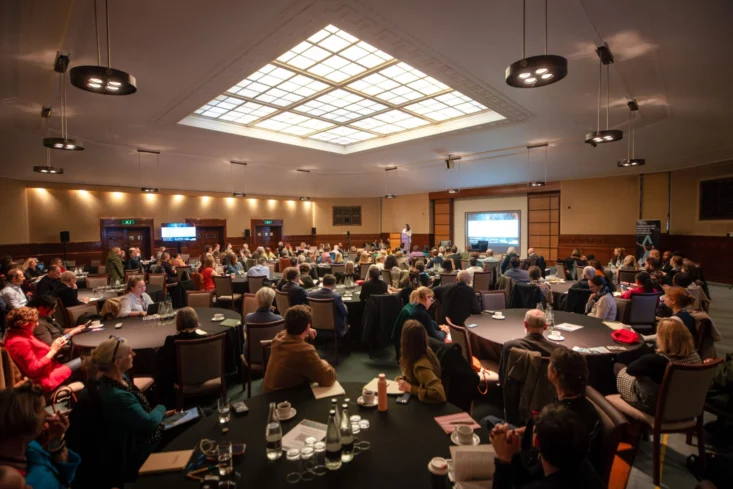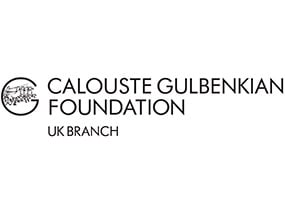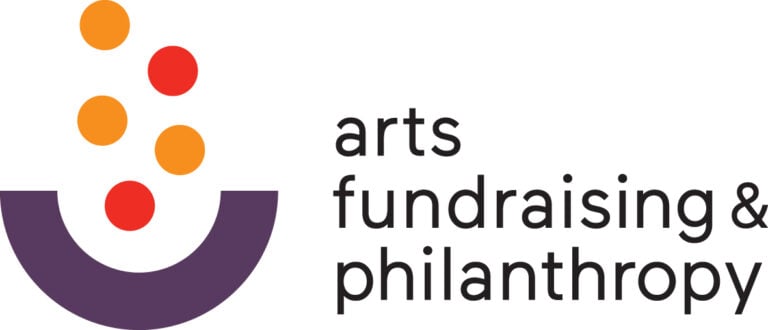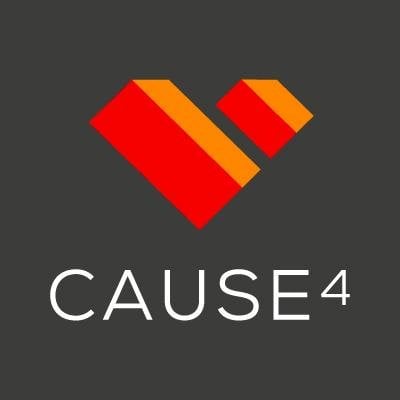What are the main differences between the charitable structures?
Companies Limited by Guarantee (CLG) are formed by its founding members adopting a constitution (Articles of Association) and applying for incorporation at Companies House. Once formed, the new company can apply for charity registration with the Charity Commission. CLG directors/trustees must act in the best interests of their organisation. CLGs have a separate legal identity, and are liable for their own debts.
Charitable Incorporated Organisations (CIO) are formed by founding members applying to the Charity Commission for registration and incorporation, with a constitution based on one of two model documents prepared by the Commission. One (the “foundation model”) assumes that the members and the trustees are one and the same (so that one group of people fulfil both roles). The “association model” assumes a wider membership base. Members and trustees must act in the best interests of the CIO. A CIO has its own legal identity, and is liable for its own debts.
Trusts are formed by holding assets on behalf of the charity’s beneficiaries, often evidenced and regulated by a trust deed. Once formed, the trust can apply to the Commission for charity registration. Trusts do not have a membership base, but they have trustees who are obliged to act in the best interests of the charity. They have no separate legal identity, and therefore trustees are always personally liable.
Unincorporated groups(or societies or clubs) tend to have a wide membership base, and a managing committee (who are the trustees). They can be created informally, but often have written constitutions or rule books. Once formed, they can apply to the Commission for charity registration. Since these organisations do not have a separate legal personality, one member (often its chair or treasurer) enters into contracts on behalf of the other members. Like trusts, the trustees of unincorporated groups are under duties to act in the best interest of the charity, and their personal liability is unlimited.
